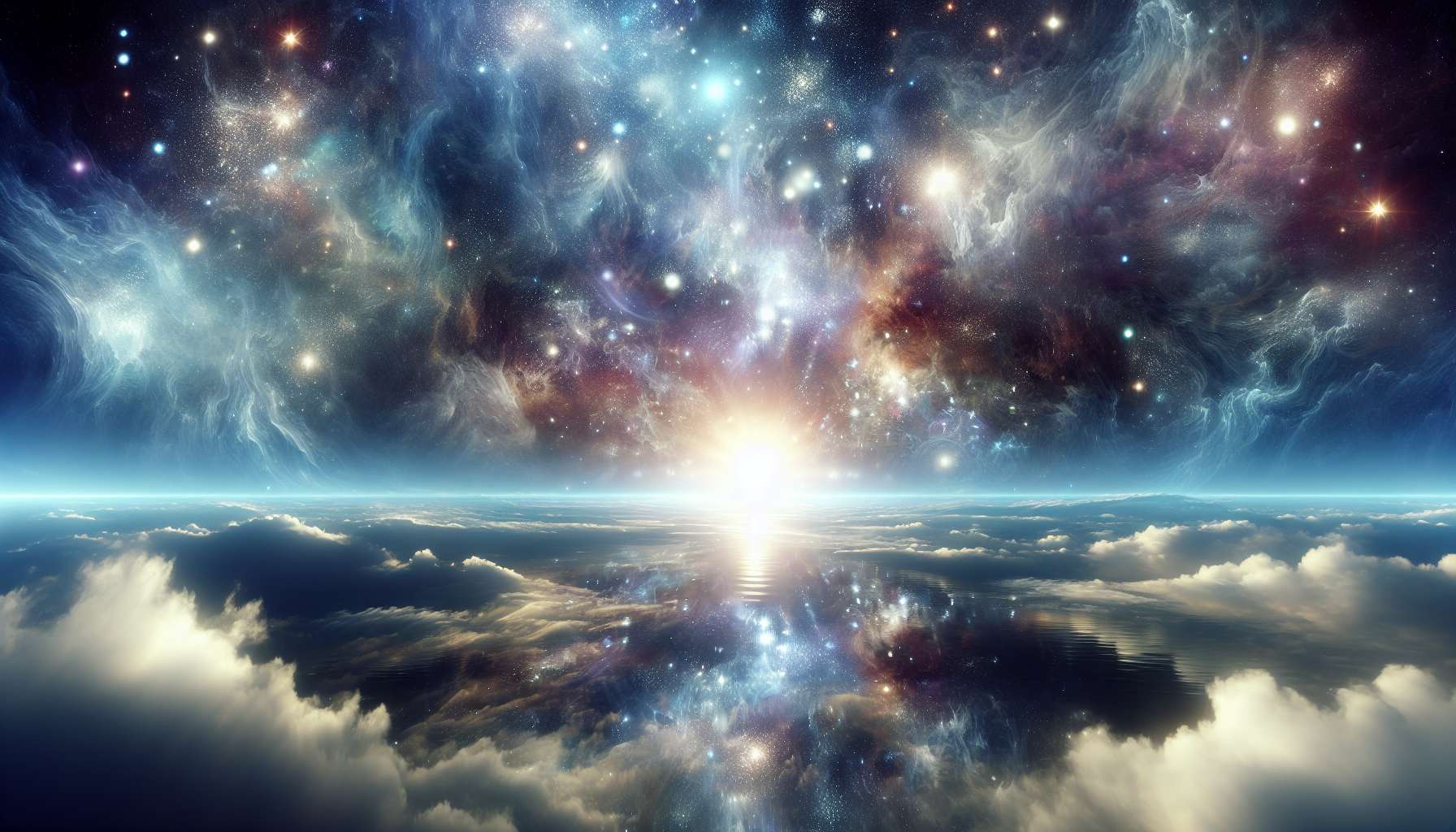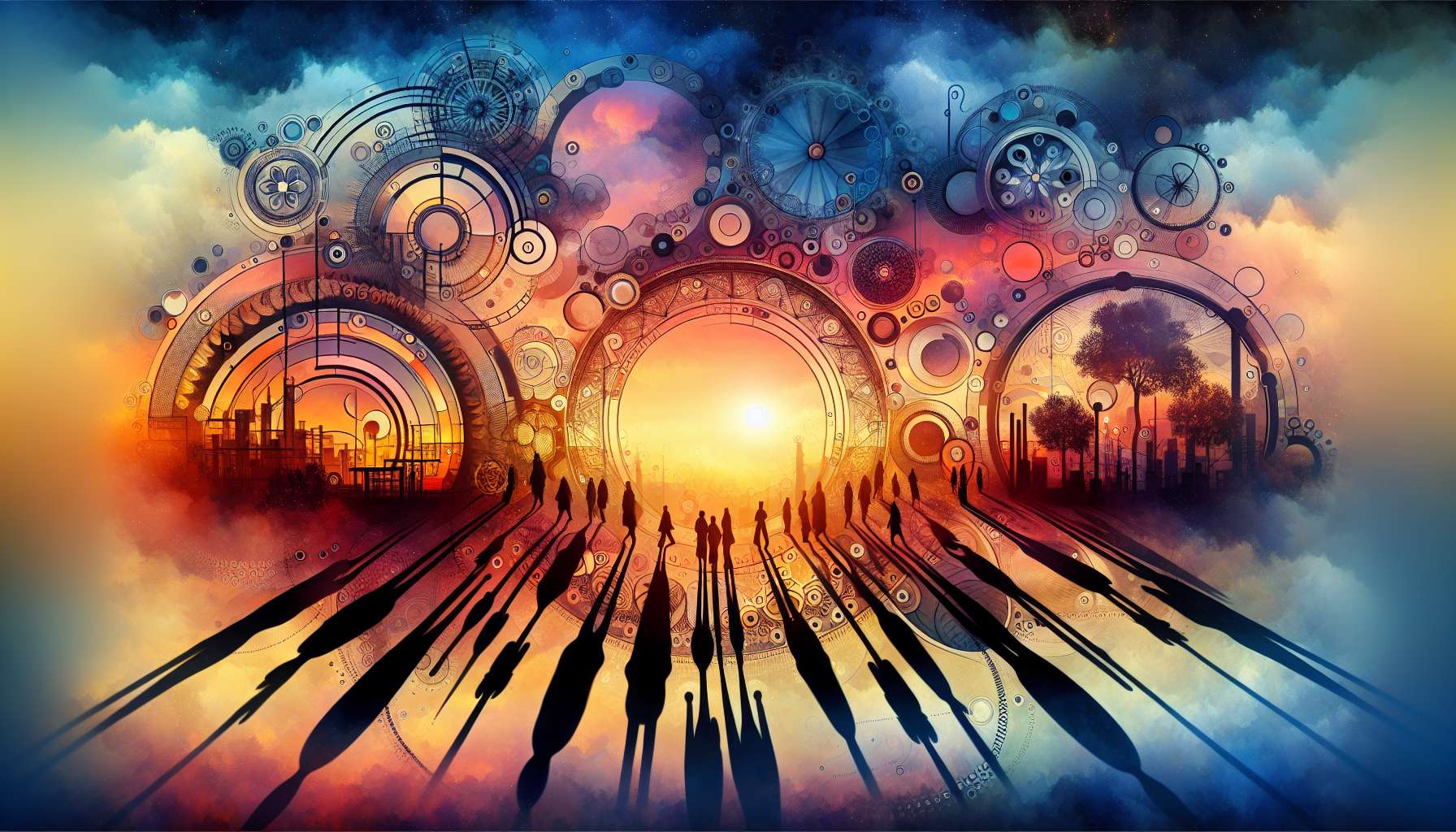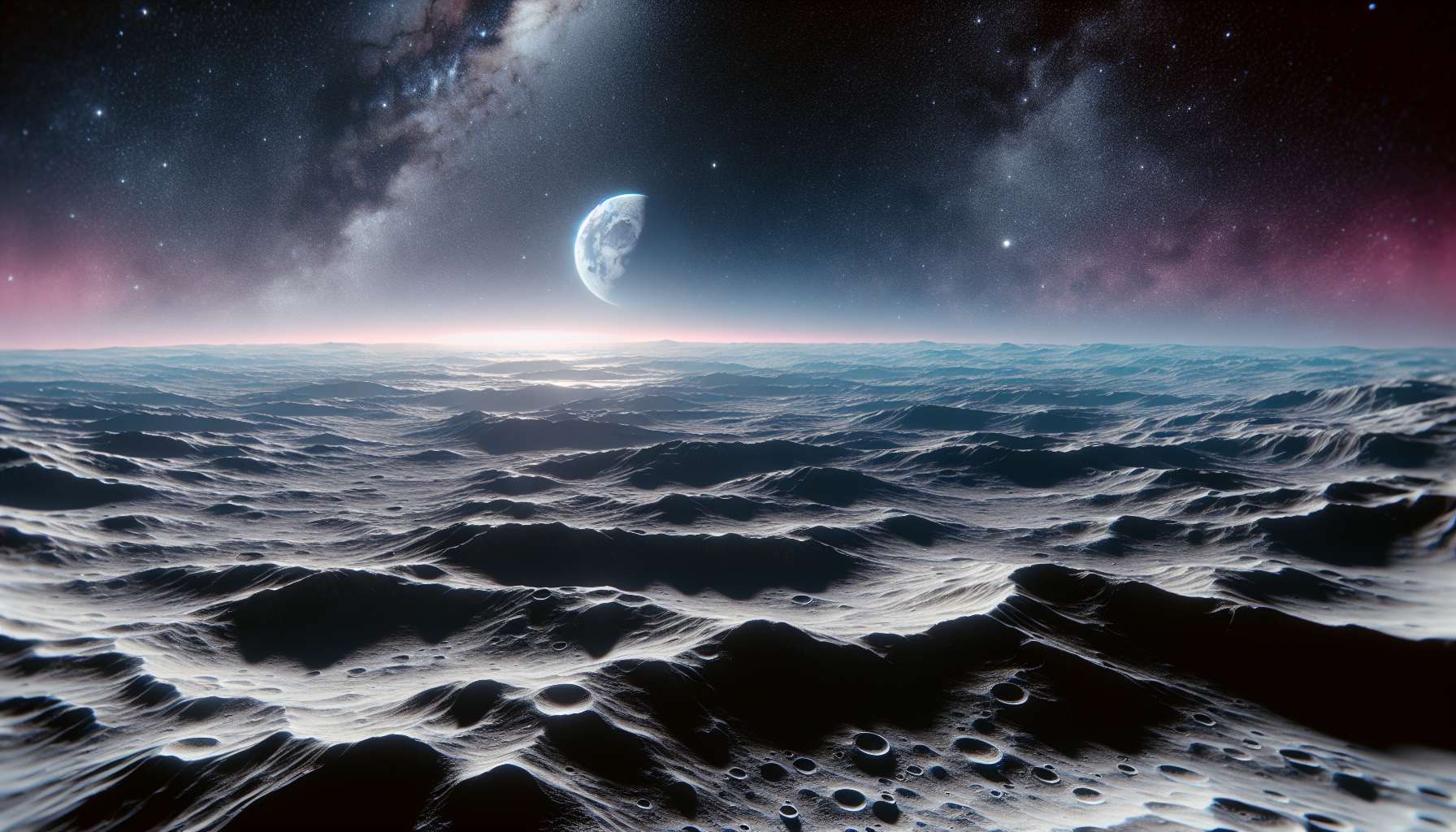Astral Reflections in Art: Exploring the Cosmic Connection
Art has always been a medium through which humanity expresses its deepest thoughts, emotions, and connections with the universe. From the ancient cave paintings to the contemporary masterpieces, artists have sought to capture the essence of the cosmos in their creations. ‘Astral reflections in art‘ delve into the mystical and metaphysical aspects of the universe, exploring themes of space, time, and the interconnectedness of all things. In this article, we will take a journey through the celestial realms of art, examining how artists throughout history have been inspired by the cosmos and how they translate these ethereal concepts into tangible works of art.
The Celestial Inspiration
Throughout history, human beings have looked up at the night sky in wonder, contemplating the vastness and mystery of the cosmos. The stars, planets, and galaxies have always been a source of inspiration for artists, poets, and thinkers, prompting them to explore the profound connections between the earthly and the divine. Ancient civilizations such as the Egyptians, Greeks, and Mayans incorporated celestial motifs into their art and architecture, believing that the heavens held the key to understanding the mysteries of existence.
Fast forward to the Renaissance era, and we see artists like Leonardo da Vinci and Michelangelo incorporating celestial themes into their works, drawing inspiration from the movements of the planets and the geometry of the heavens. The celestial bodies were not just objects of scientific inquiry but symbols of divine order and cosmic harmony, reflecting the belief that the universe was a grand, unified whole.
Cosmic Symbolism in Art
One of the most striking aspects of ‘Astral reflections in art’ is the use of cosmic symbolism to convey deeper meanings and messages. Artists often employ celestial imagery such as stars, moons, and suns to represent spiritual enlightenment, transcendence, and the infinite nature of the universe. In religious art, celestial symbols are used to depict the divine presence, with the sun symbolizing Gods light and truth, and the moon representing the feminine and intuitive aspects of spirituality.
In modern art, artists continue to draw inspiration from the cosmos, using abstract forms and colors to evoke the vastness and complexity of the universe. The works of artists like Yayoi Kusama, with her infinity rooms that immerse viewers in a cosmic experience, and Olafur Eliasson, with his installations that play with light and space, demonstrate how contemporary artists are pushing the boundaries of art to explore the mysteries of the cosmos.
Techniques and Mediums
When it comes to capturing the ethereal beauty of the cosmos, artists employ a variety of techniques and mediums to bring their visions to life. From traditional painting and sculpture to digital art and installations, ‘Astral reflections in art’ can take many forms, each with its unique challenges and opportunities.
Some artists use vibrant colors and swirling patterns to evoke the dynamic energy of the universe, while others use minimalist forms and negative space to create a sense of vastness and emptiness. Sculptors may use light and shadow to simulate the movement of celestial bodies, while photographers capture the beauty of the night sky with long exposures and timelapse techniques.
The Influence of Science
As our understanding of the universe has evolved, so too has the way artists approach the depiction of celestial themes in their work. The advent of new technologies such as telescopes, satellites, and space exploration has provided artists with unprecedented access to the wonders of the cosmos, inspiring new ways of representing the beauty and complexity of the universe.
Artists like Vija Celmins, known for her hyper-realistic drawings of the moons surface, and Robert McCall, whose paintings of space exploration capture the grandeur of the cosmos, demonstrate how science and art can intersect to create powerful and thought-provoking works. By merging scientific knowledge with artistic vision, these artists are able to bridge the gap between the rational and the sublime, inviting viewers to contemplate the mysteries of the universe in a new light.
Controversies and Debates
While ‘Astral reflections in art’ may seem like a purely abstract and esoteric concept, it is not without its controversies and debates. Some critics argue that the use of celestial imagery in art is clichd and overused, lacking originality and depth. Others question the validity of using cosmic themes in art, arguing that it can be seen as a form of escapism or fantasy, disconnected from the real-world issues that affect humanity.
On the other hand, proponents of ‘Astral reflections in art’ argue that the cosmos has always been a source of inspiration and wonder for artists, providing them with a rich tapestry of symbols and motifs to explore. By tapping into the universal themes of the cosmos, artists are able to create works that transcend time and space, inviting viewers to contemplate the interconnectedness of all things and the mysteries of existence.
Expert Opinions
To gain further insights into the world of ‘Astral reflections in art’, we reached out to renowned artist and art historian, Dr. Maya Patel. According to Dr. Patel, “Astral reflections in art have been a recurring theme throughout history, reflecting humanity’s fascination with the cosmos and our place in the universe. Artists have long sought to capture the beauty and mystery of the celestial realm, using it as a source of inspiration and creativity.”
Dr. Patel goes on to say, “The use of celestial imagery in art allows artists to explore the universal themes of life, death, and rebirth, inviting viewers to contemplate the cyclical nature of existence and the interconnectedness of all things. By infusing their works with cosmic symbolism, artists are able to create a sense of awe and wonder that transcends the boundaries of time and space.”
Conclusion
To wrap things up, ‘Astral reflections in art’ offer a unique and fascinating window into the mysteries of the cosmos, inviting viewers to contemplate the beauty and complexity of the universe through the eyes of artists. From ancient cave paintings to contemporary installations, artists have sought to capture the essence of the celestial realm and translate it into tangible works of art that inspire, provoke, and enchant.
By exploring the celestial inspiration, cosmic symbolism, techniques and mediums, the influence of science, controversies and debates, and expert opinions surrounding ‘Astral reflections in art’, we gain a deeper understanding of how artists throughout history have been drawn to the cosmic connection, seeking to unravel the mysteries of existence and transcend the boundaries of the material world.
As we continue to gaze up at the night sky in wonder, let us remember that art has the power to transport us to other realms, to connect us to the infinite and eternal, and to remind us of our place in the grand tapestry of the universe. Let us embrace the cosmic beauty that surrounds us, and let us be inspired to create, to dream, and to explore the cosmos within and without.




